Aside from frightening small children, we have absolutely no idea why anyone would need a face-magnifying headpiece. But the video below gives us a chuckle every time we see it, and we figure a good laugh that incorporates a quick optics hack is worth a look.
When he’s not playing geek in a box, [Curious Marc]’s videos usually have more of a retrocomputing theme, like his recent conversion of a vintage terminal to a character set from a made-up language, or helping to revive an Apollo Guidance Computer. Given gems like those, we were surprised to learn that [Marc]’s background is physics – optics, to be precise – and that he studied at École Polytechnique, the same school famed physicist Augustin-Jean Fresnel attended. Which fits right into this build since it features one of those large, plastic Fresnel lenses. After a fascinating detour into the history of Fresnel’s namesake lens, [Marc] proceeds with the build.
It’s simplicity itself – a box big enough to wear on the head with one end replaced by the Fresnel lens. A strip of LEDs – warm white, please, lest the wearer takes on a deathly pall – lines the edge of the box just behind the lens. If you want to get fancy, maybe attaching a hard-hat suspension piece would make it more wearable, but even as is it’s just a hoot to see someone with a magnified and distorted head walking around. One probably should be careful not to look at the sun while wearing this, however, for reasons that become apparent beginning at the 3:24 mark of the video.
Thanks to [Marc] for perhaps the oddest YouTube face-reveal yet, and for a great idea for a quick cosplay hack.
Continue reading “Fast Fresnel Hack Embiggens The Smallest Of Heads”

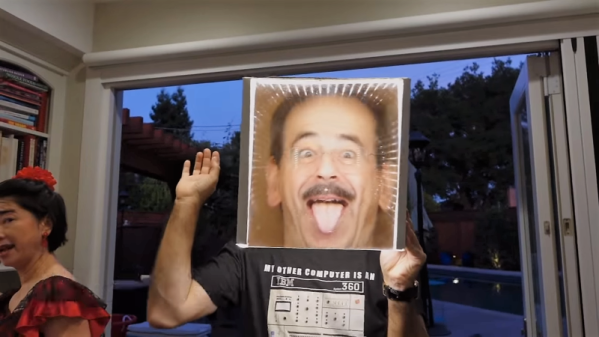




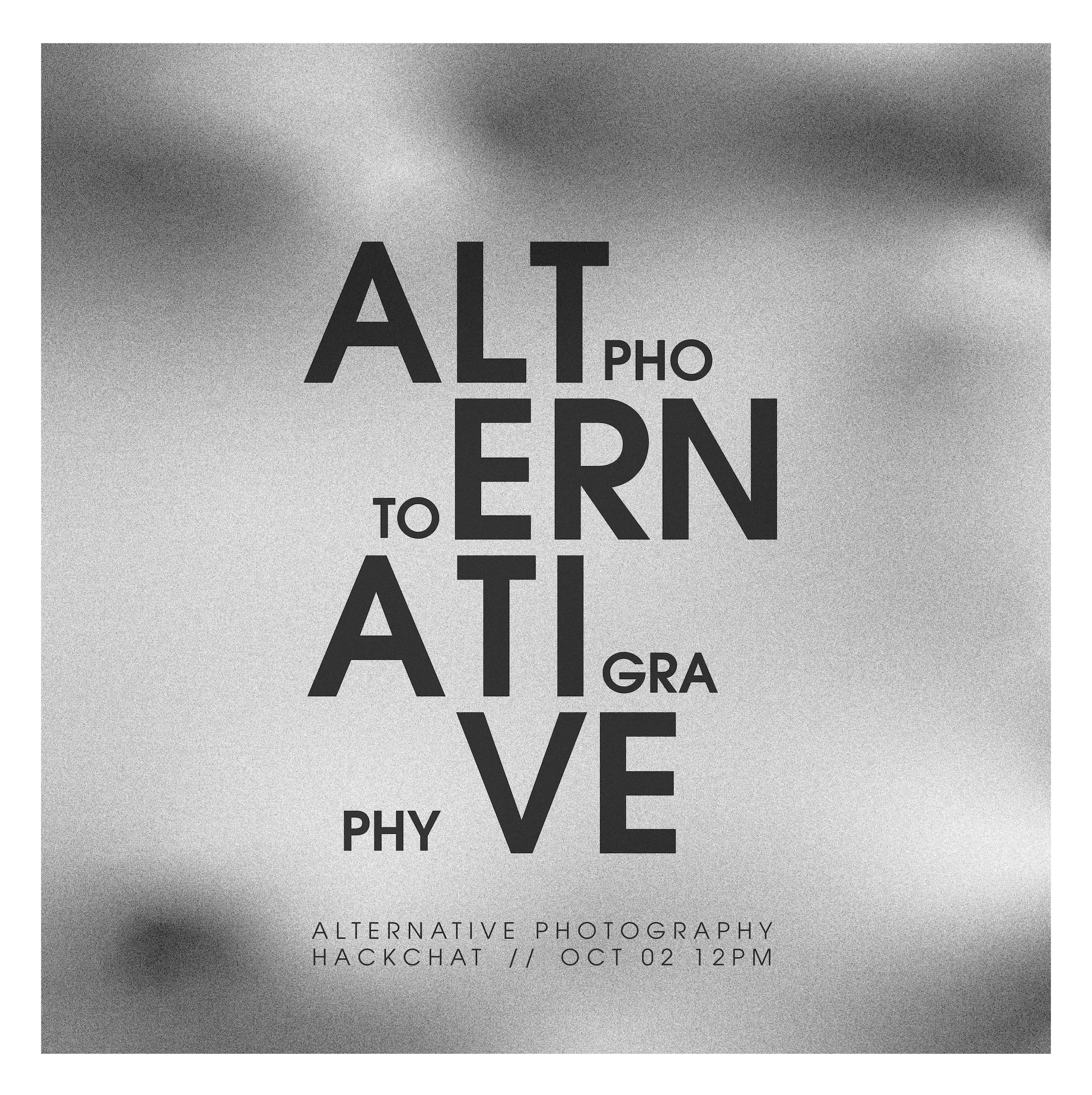
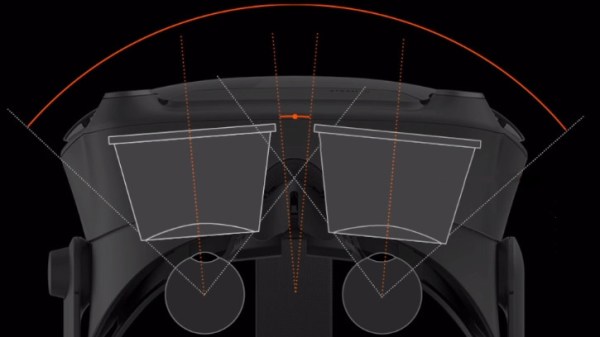
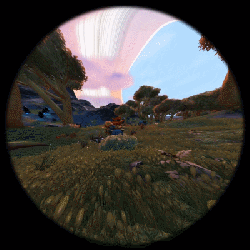

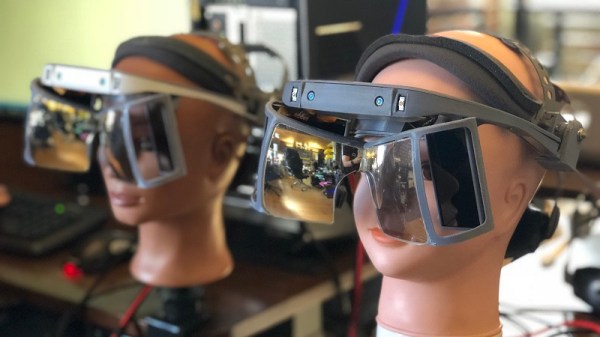
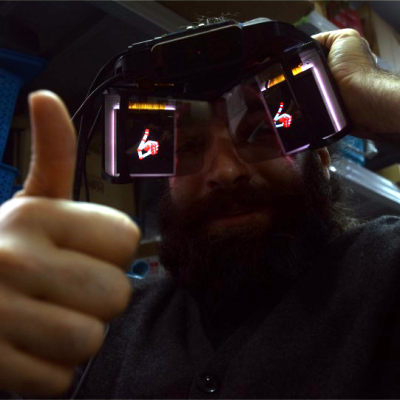 A serious setback to the aspiring AR hacker has been the fact that while the design is open, the lenses absolutely are not off the shelf components. [Smart Prototyping] aims to change that, and recently announced in a blog post
A serious setback to the aspiring AR hacker has been the fact that while the design is open, the lenses absolutely are not off the shelf components. [Smart Prototyping] aims to change that, and recently announced in a blog post 








